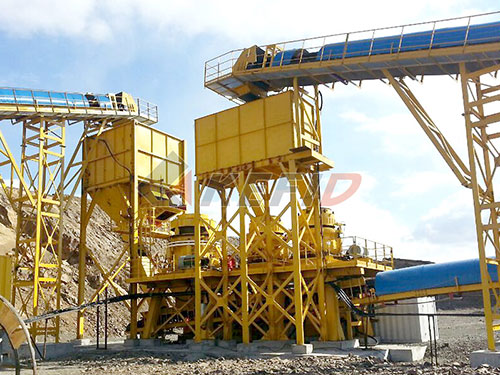Demystifying the Workhorse: A Practical Guide to Jaw Crushers
In the rugged world of mineral processing, aggregate production, and recycling, few machines are as fundamental or as recognizable as the jaw crusher. Often referred to as a “rock breaker,” this robust piece of equipment serves as the primary stage in size reduction for countless operations worldwide. Understanding its design, function, and application is crucial for anyone involved in material processing.
The Core Principle: Compression is Key
At its heart, a jaw crusher operates on a beautifully simple yet highly effective principle: compressive force. It consists of two essential jaws:

1. Fixed Jaw (Stationary Die): Rigidly mounted to the crusher frame.
2. Movable Jaw (Swing Die): Mounted on an eccentric shaft that imparts an elliptical motion.
Material (feed) enters the top of the crushing chamber – the V-shaped space between these two jaws. As the movable jaw moves towards the fixed jaw (the crushing stroke), it exerts immense pressure on the trapped rock or ore, breaking it into smaller fragments through direct compression. On the return stroke (away from the fixed jaw), gravity allows the crushed material to descend further down the chamber until it’s small enough to escape through the gap at the bottom, known as the Closed Side Setting (CSS).
Components Driving Performance
Eccentric Shaft: The powerhouse component that converts rotary motion from a motor into the elliptical movement of the movable jaw.
Toggle Plates: Act as safety mechanisms and help transmit force efficiently. They protect against uncrushable material by potentially fracturing under extreme overload.
Flywheels: Store energy during non-power strokes and ensure smooth operation by balancing inertia.
Cheek Plates: Protect non-wear parts of the crusher frame from abrasion caused by material sliding down.
Jaw Dies/Wear Liners: Replaceable manganese steel plates attached to both jaws that bear direct contact with feed material; their profile significantly influences crushing efficiency and product shape.

Why Choose a Jaw Crusher? Advantages
1. Simplicity & Robustness: Their straightforward design translates into reliability and ease of maintenance.
2. Versatility: Capable of handling extremely hard abrasive rocks like granite or basalt as effectively as softer materials like limestone or demolition concrete.
3. High Reduction Ratio: Can achieve significant size reduction in a single pass (

Leave a Reply